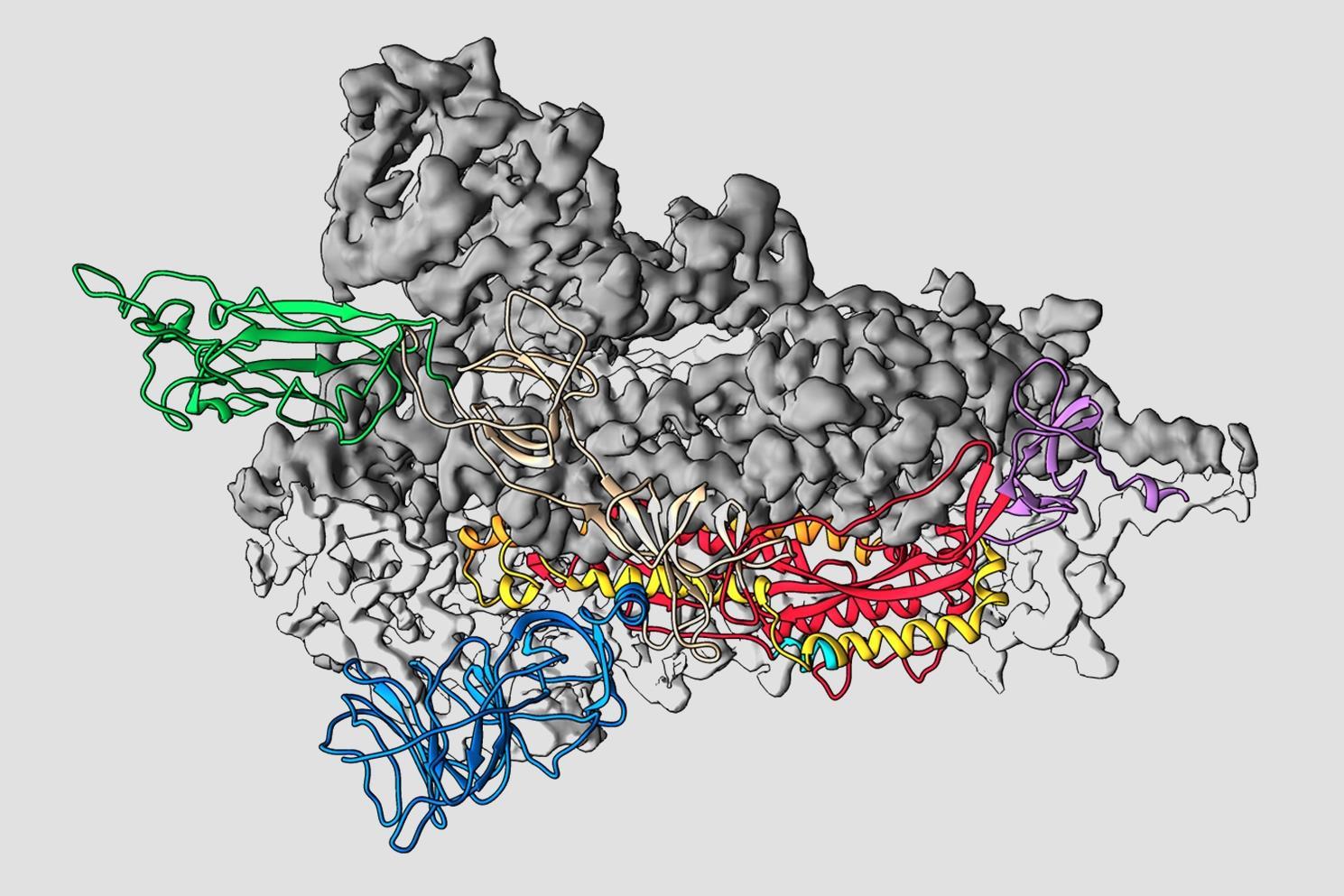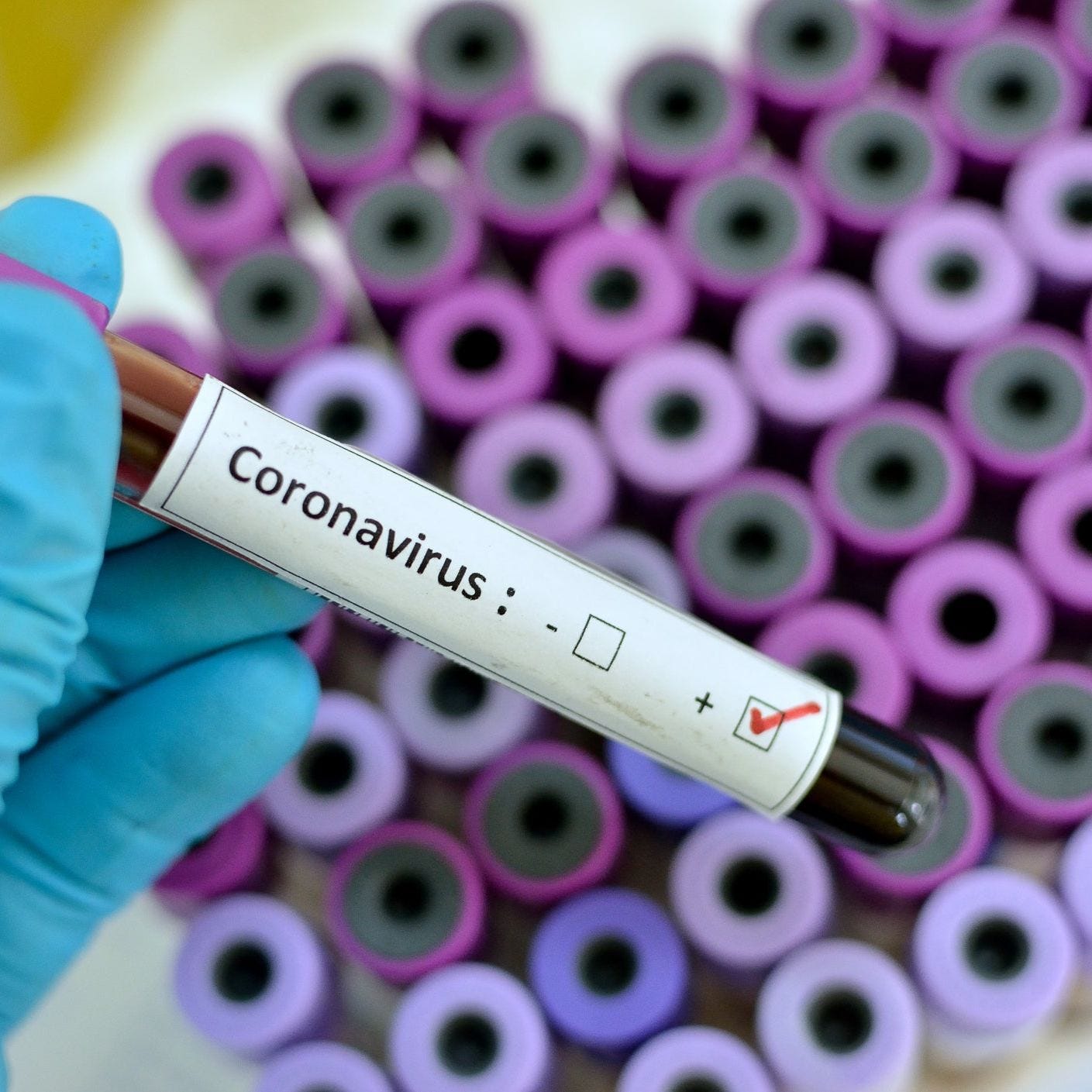On January 31, 2019, a 11-year old kid in Japan went to a medical center with a fever. The suppliers there determined him to have flu, a strain called H3N2, and sent him home with another medication called baloxavir.
For a couple of days, he felt much improved, yet on February 5, regardless of taking the prescription, his fever returned. After two days, his 3-year-old sister likewise contracted a fever. She, as well, was determined to have H3N2 flu on February 8.
An analysis of influenza tests gathered from her and her sibling show she was sickened by a strain of H3N2 harboring another sort of mutation—one that Yoshihiro Kawaoka, University of Wisconsin-Madison educator of pathobiological sciences, says is impervious to baloxavir, is similarly as fit for making individuals wiped out as the non-changed form, and is able to do going from individual to individual.
He and associates portray this in an study distributed today in Nature Microbiology that inspected the impacts of baloxavir treatment on flu infection tests gathered from patients when treatment.
“We sequenced the entire viral genome of the 11-year-old boy with drug sensitive influenza virus (before treatment) and the sample from the girl that is drug resistant,” says Kawaoka. “Out of 13,133 nucleotides, there was only one nucleotide difference between the two.”
As such, what recognized the infection collected from the sibling before treatment and the infection collected from the sister later was a single transformation, a single change in only one letter among the in excess of 13,000 found in the hereditary code of the infection.
“It tells you the virus acquired resistance during treatment and transmitted from brother to sister,” Kawaoka clarifies.
Baloxavir is a piece of another class of antiviral medications that objectives the machinery influenza infections use to duplicate their hereditary material inside their human or creature has. It was first authorized in Japan, the United States, and in Hong Kong in 2018 and 2019. Truth be told, baloxavir spoke to 40 percent of the piece of the pie of flu drugs in Japan during the 2018-2019 influenza season. It will before long be authorized in 20 additional nations, Kawaoka says.
In any case, as he and his co-creators note in the paper, clinical preliminary information on the medication uncovered that a few patients contaminated with either H3N2 or H1N1 flu who took baloxavir built up a transformation at position 38 of the polymerase acidic protein, some portion of the infection’s machinery that is focused by the drug. A past report by another group demonstrated that the specific change had not been portrayed among 17,000 H3N2 infection tests classified before December 2018.
“The new drug is safe, it went through phase three and was approved safety-wise, but even during clinical trials, the emergence of drug resistance was identified,” Kawaoka clarifies.
Truth be told, a past report in pediatric patients indicated the transformation showed up in the examples gathered from almost 1 of every 4 of the 77 kids enlisted who were additionally treated with baloxavir.
“Baloxavir-resistant viruses emerge with a relatively high rate in kids” says Kawaoka, additionally an educator of virology at the University of Tokyo.
Given these discoveries, Kawaoka and his exploration group in Japan were keen on understanding the properties of H3N2 and H1N1 infections—generally circling strains that reason ailment in individuals — when treatment with baloxavir.
During the 2018-2019 influenza season, they set up a system to gather respiratory examples from patients when they got the new medication.
For H1N1 flu, the analysts tried 74 samples from patients before treatment (10 grown-ups and 64 youngsters), and 22 samples from patients both when treatment (7 grown-ups and 15 kids). There were no occurrences of change in any of the samples before treatment, however there were transformations in a single grown-up and four youngsters after, or in around 23 percent of patients.
For H3N2, the group tried 141 patient samples before treatment (40 grown-ups and 101 youngsters), and two of those from kids had the transformation. They likewise considered 16 patient samples when treatment (4 grown-ups and 12 youngsters), in which they found no changes in grown-up tests however four of the kid tests had the mutation.
Regularly, infections that addition changes, for example, sedate obstruction penance their capacity to endure and spread well among their hosts. To comprehend whether this was valid for the baloxavir-driven transformation, the specialists developed the freak infections in cell culture and learned it becomes similarly just as the non-mutated structure.
They at that point tried the freak H1N1 and H3N2 infections in hamsters and discovered that once the infection transforms, that change keeps on being duplicated as new infection develops.
The group likewise tried the mutated infections in ferrets and found the mutated structure was fit for transmitting from tainted creatures to healthy ones. The seriousness of their ailment from influenza was additionally like the non-mutated structure.
While it’s far-fetched the transformation will prompt across the board opposition around the globe, Kawaoka says it could turn into an issue among relatives in closeness, and in offices like emergency clinics and nursing homes. Furthermore, while youngsters appear to be especially inclined to viral change with baloxavir treatment, it seems to happen less regularly in grown-ups. It likewise rapidly lessens the measure of infection in the frameworks of treated patients. “It’s a good drug for adults,” Kawaoka says.
Also, he clarifies, patients with H1N1 or H3N2 that do create protection from baloxavir with treatment still react to different infection battling drugs.
“The drug resistant virus does transmit but there are so many influenza viruses worldwide and only a small population will be treated with this drug,” Kawaoka says. “The vast majority remain drug sensitive.”
Disclaimer: The views, suggestions, and opinions expressed here are the sole responsibility of the experts. No Graph Daily journalist was involved in the writing and production of this article.



